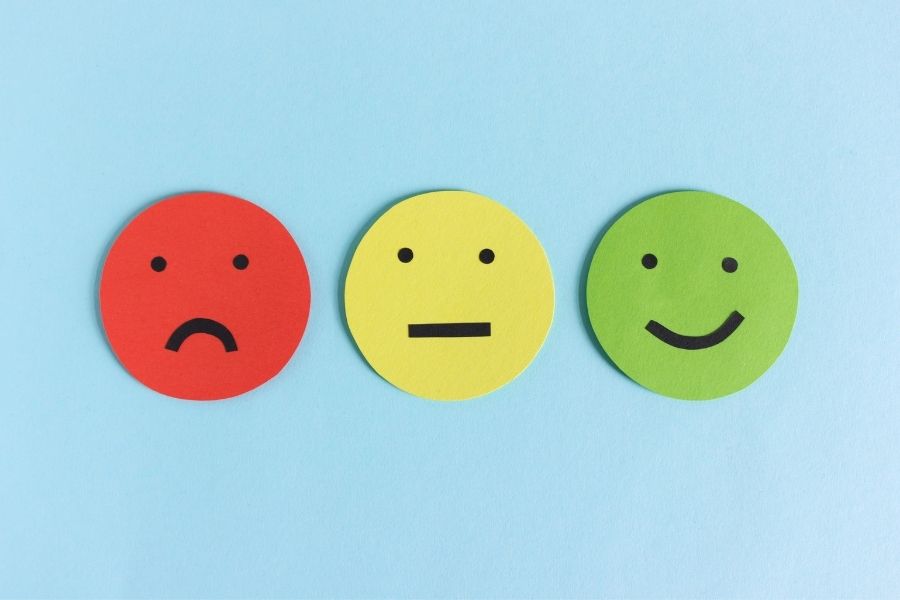The pandemic has put a spotlight on education. It’s forced us to evaluate how we use technology to effectively benefit teachers and students. Although not all innovations to teaching should be adopted immediately, any innovation that removes arduous manual tasks should be applauded. Innovations that allow teachers to work “smarter” freeing up their precious time, can only strengthen student teacher relationships.
Automated marking has long been on the wish list for many Year 11 and 12 teachers. It has always seemed like pie in the sky to me, something that was bound by exceptions. The time that teachers spend on marking can be to the detriment of their love to the profession and wellbeing. Advances in technology have cut through anomalies to enable Neap to develop a market leading product – Neap Analytical Tests.
Even experienced teachers cannot replicate the level of data that a computer can. Using technology to collect and crunch data releases teachers from their manual workflow. The data that Neap provides teachers supports an evidence-based approach to teaching. Gathering this evidence at a classroom level is time consuming and, in most cases, not as detailed as a computer can generate.
With Differentiated learning plans being high on the agenda for most schools, it is often this lack of evidence that becomes a roadblock to implementation. The whole intention of adopting new innovations should be to allow teachers to work smarter not harder. While auto- marking doesn’t reveal why a student was incorrect, it provides clear evidence about what the student understands. However, probably the greatest benefit of auto-marking is that it gives teachers time to plan how their students can get to where they need to be.



